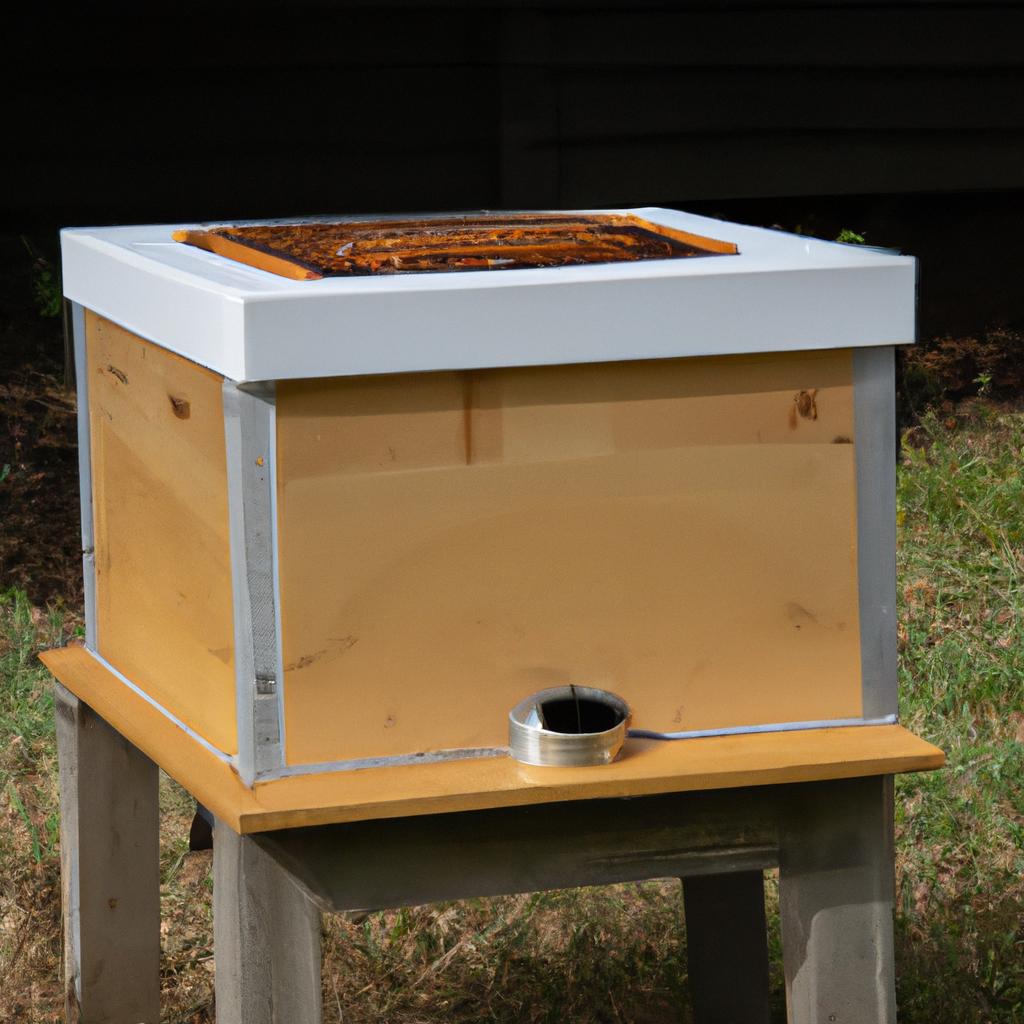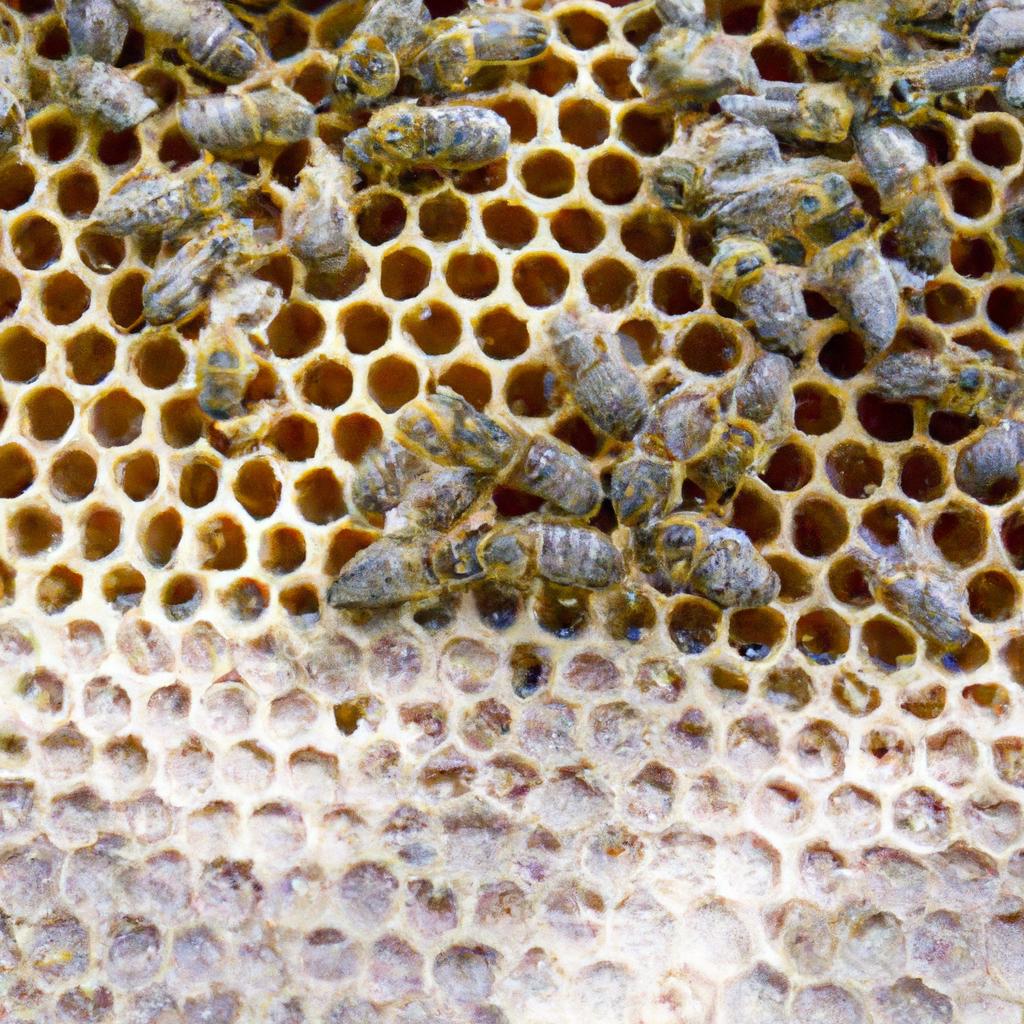Beekeeping is a fascinating and rewarding hobby that requires patience, knowledge, and dedication. One of the most critical aspects of beekeeping is introducing bees to a new hive. This process can be challenging, especially for new beekeepers. However, if done correctly, it can ensure the successful establishment of a healthy and thriving beehive.
Importance of Introducing Bees to a New Hive

Introducing bees to a new hive is crucial for the survival and growth of the colony. The process sets the stage for the bees to establish their home, store honey, and raise new brood. It’s also a critical step in preventing swarming behavior, where the bees leave the hive to find a new home.
The process of introducing bees to a new hive can be stressful for the bees, so it’s essential to handle them gently and with care. By following the correct procedures, beekeepers can minimize stress and ensure the bees’ successful transition to their new home.
Factors to Consider Before Introducing Bees

Before introducing bees to a new hive, several factors need to be considered to ensure a successful transition. One of the most critical factors is the type of bees that will be introduced. Beekeepers must understand the characteristics of each type of bee to determine which one is best suited for their hive.
It’s also essential to choose the right location for the hive. The location should be sheltered from the wind, receive adequate sunlight, and have a source of water nearby. The hive’s components should also be prepared, cleaned, and sterilized to prevent the spread of disease and parasites.
Another critical factor to consider is when to introduce the bees. The ideal time to introduce bees is in the late spring or early summer when the weather is warm, and there is an abundant supply of nectar and pollen. This timing ensures that the bees have enough food to establish their home and raise new brood.
Preparing the New Hive
Once the beekeeper has selected the location for the hive, the next step is to prepare the hive components. This involves choosing the right type of hive, setting it up, and cleaning and sterilizing the hive.
Choosing the right type of hive depends on the beekeeper’s preference and the type of bees they wish to keep. Common types of hives include Langstroth, Warre, and Top Bar hives. Each hive has its advantages and disadvantages, and the beekeeper should choose the one that best suits their needs.
Setting up the hive involves assembling the hive components, such as the bottom board, brood box, supers, frames, and covers. It’s essential to follow the manufacturer’s instructions carefully to ensure that the hive is set up correctly.
Cleaning and sterilizing the hive is critical to prevent the spread of disease and parasites. The beekeeper should clean the hive components thoroughly with hot soapy water and rinse them with clean water. After cleaning, the beekeeper should sterilize the hive components with a solution of 1:10 bleach and water.
Acquiring the Bees
Buying bees from a reputable source is essential to ensure that the bees are healthy and disease-free. The beekeeper can purchase bees from a local beekeeper or a beekeeping supply store. The bees are usually sold in packages or nucs (nucleus colonies).
Transporting the bees safely to the new hive is critical to minimize stress and prevent the bees from escaping. The bees should be transported in a closed vehicle and kept cool to prevent them from overheating. It’s also essential to secure the bees in their package or nuc to prevent them from bouncing around during transportation.
Preparing the bees for introduction to the new hive involves acclimating them to their new surroundings. The beekeeper should place the package or nuc near the hive for a few days to allow the bees to adjust to the new environment. It’s also a good idea to feed the bees with sugar syrup to give them the energy they need to establish their home.
Introducing the Bees to the New Hive
Introducing bees to a new hive should be done with care to ensure the bees’ safety and successful establishment in their new home. Here are some techniques for introducing bees to the new hive:
Shaking Method
The shaking method involves placing the new hive on its stand and then shaking the bees from their old hive into the new one. To do this, move the old hive to the new location and place the new hive on the old stand. Remove the lid from the old hive and shake the bees into the new hive. After shaking, leave the new hive for a few hours to allow the bees to settle in.
Newspaper Method
The newspaper method involves placing a layer of newspaper between the old and new hives. Make a few small slits in the newspaper to allow the bees to move freely. After a few days, the bees will have chewed through the paper and combined into one hive.
Package Bees
Package bees are purchased from a reputable supplier and come in a box with a queen and several thousand bees. To introduce package bees to a new hive, remove the queen cage and place it in the hive. Then, pour the bees into the hive and replace the lid.
After introducing the bees to the new hive, it’s essential to monitor their behavior and progress. Check the hive regularly for signs of disease, parasites, and brood production. Troubleshoot any issues that arise and be patient as the bees settle into their new home.
Conclusion
Introducing bees to a new hive is a critical step in successful beekeeping. By following the steps outlined in this article, beekeepers can ensure a smooth and stress-free transition for the bees. Remember to consider the type of bees, prepare the hive components, and choose the right location. Use gentle techniques to introduce the bees, and monitor their progress regularly. Proper hive management is crucial for successful beekeeping. Beekeeping is an enjoyable and rewarding hobby that can benefit both the bees and the beekeeper. Happy beekeeping from BeeKeepinglove.com!
